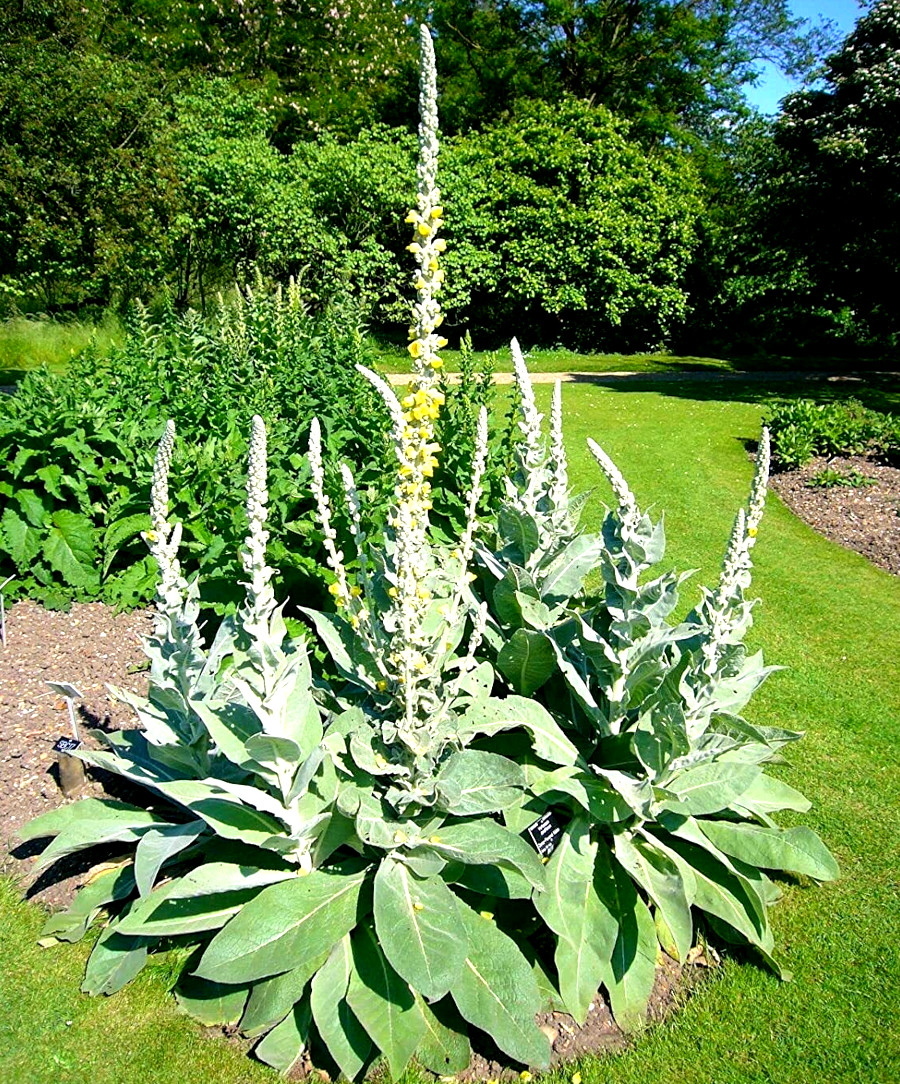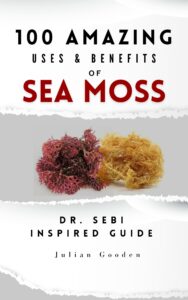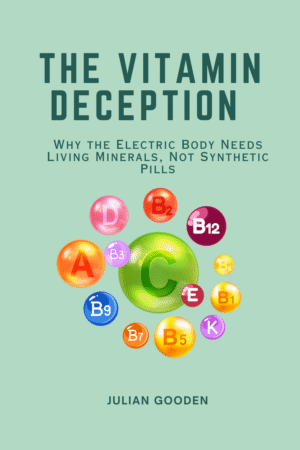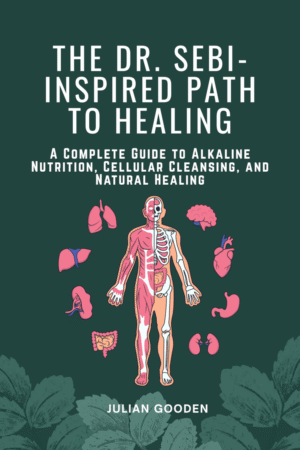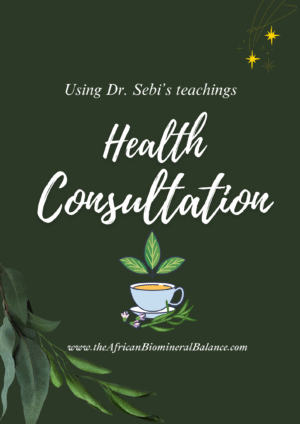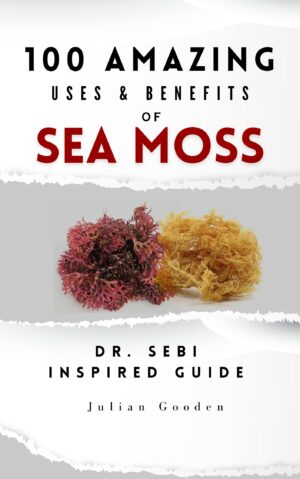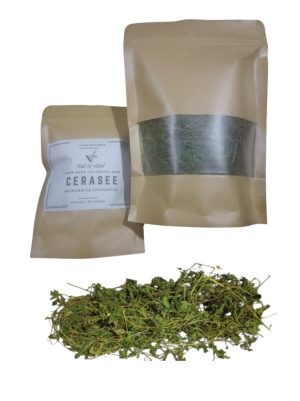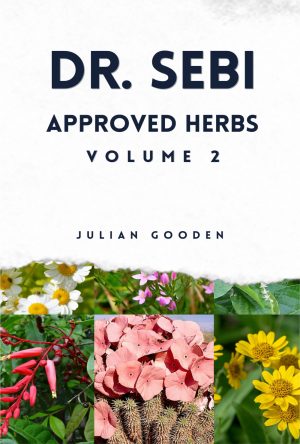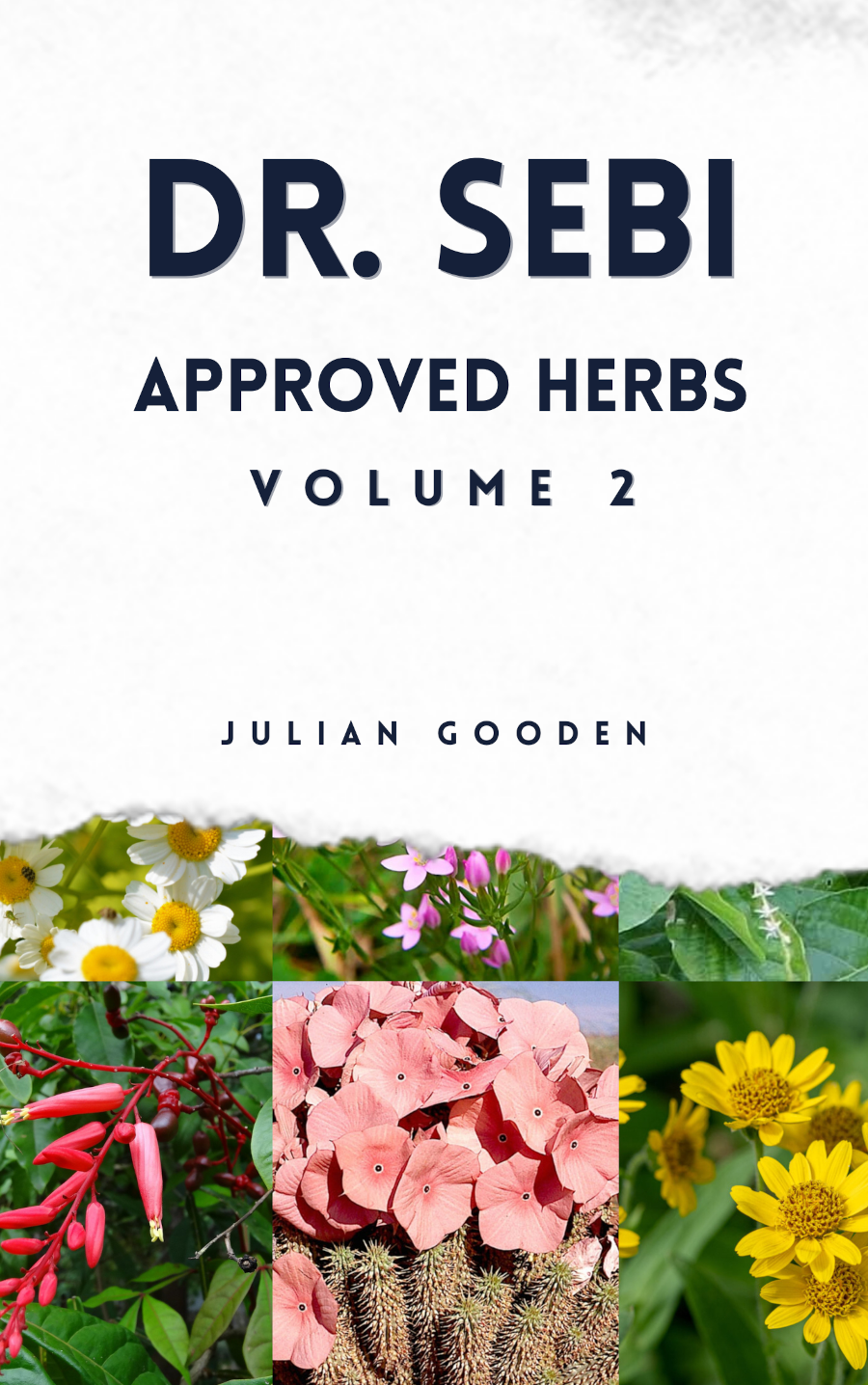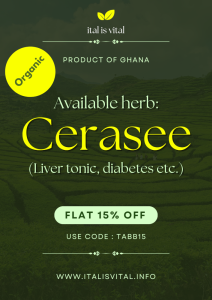Mullein (Verbascum thapsus) is a medicinal herb that has been used for centuries in traditional herbal medicine for various purposes. It is known for its distinctive appearance, featuring tall, upright spikes of yellow flowers and fuzzy leaves. Below is a profile of mullein, including its medicinal uses and three herbal formulas:
Medicinal Uses of Mullein:
Three Herbal Formulas Using Mullein:
Mullein Infused Oil:
Ingredients: Dried mullein leaves and olive oil
Preparation: Place dried mullein leaves in a glass jar and cover them with olive oil. Seal the jar and let it sit for a few weeks, shaking it regularly. Strain the oil into a clean container.
Usage: This oil can be applied topically to soothe earaches, inflamed joints, or skin irritations.
Mullein Tea for Respiratory Health:
Ingredients: Dried mullein leaves and hot water
Preparation: Steep dried mullein leaves in hot water for 10-15 minutes.
Usage: Drink this tea to help relieve respiratory issues like coughs, bronchitis, and congestion.
Mullein Steam for Congestion Relief:
Ingredients: Dried mullein leaves and a bowl of hot water.
Preparation: Place dried mullein leaves in a large bowl and pour hot water over them. Create a tent by placing your head over the bowl and covering it with a towel.
Usage: Inhale the steam for about 10-15 minutes to help relieve congestion and respiratory discomfort. Be cautious to avoid burns and keep your eyes closed during the process.
References:
– Grieve, M. (1971). A Modern Herbal: The Medicinal, Culinary, Cosmetic, and Economic Properties, Cultivation, and Folklore of Herbs, Grasses, Fungi, Shrubs, & Trees with All Their Modern Scientific Uses, Volume 1. Dover Publications.
– Hoffmann, D. (2003). Medical Herbalism: The Science and Practice of Herbal Medicine. Healing Arts Press.
– Mills, S., & Bone, K. (2000). Principles and Practice of Phytotherapy: Modern Herbal Medicine. Churchill Livingstone.
